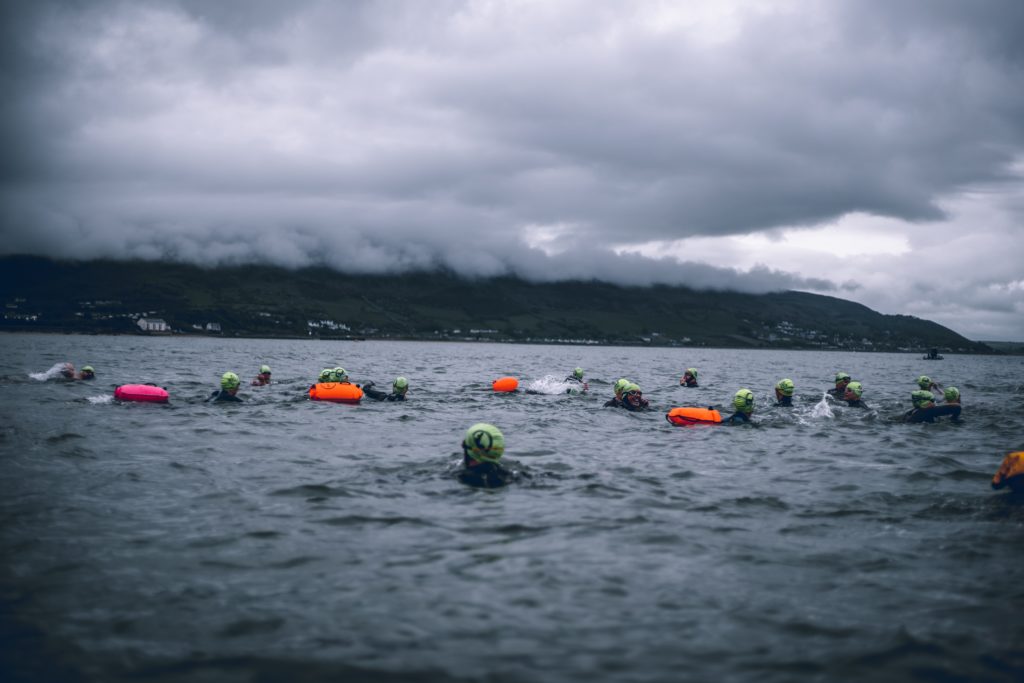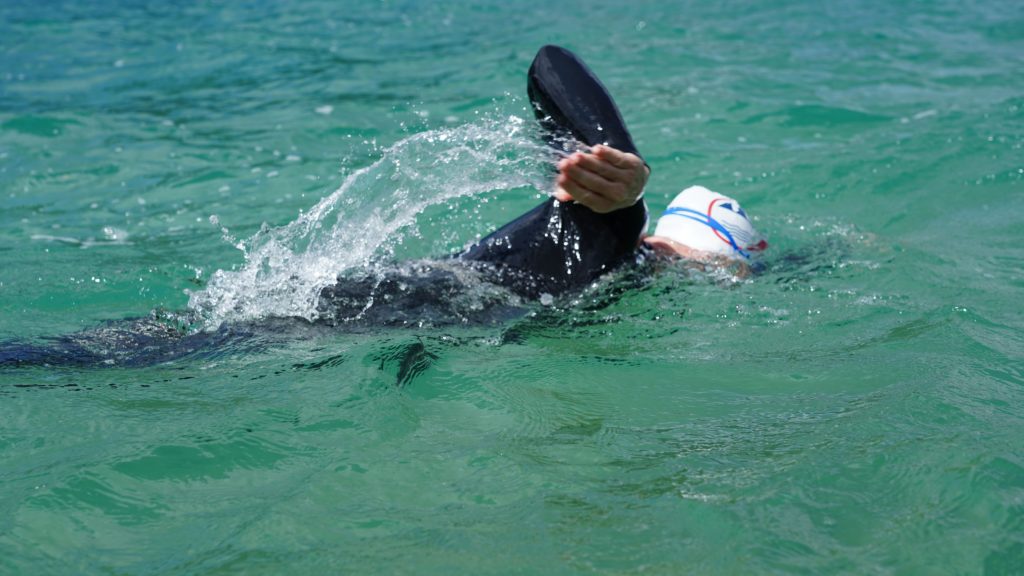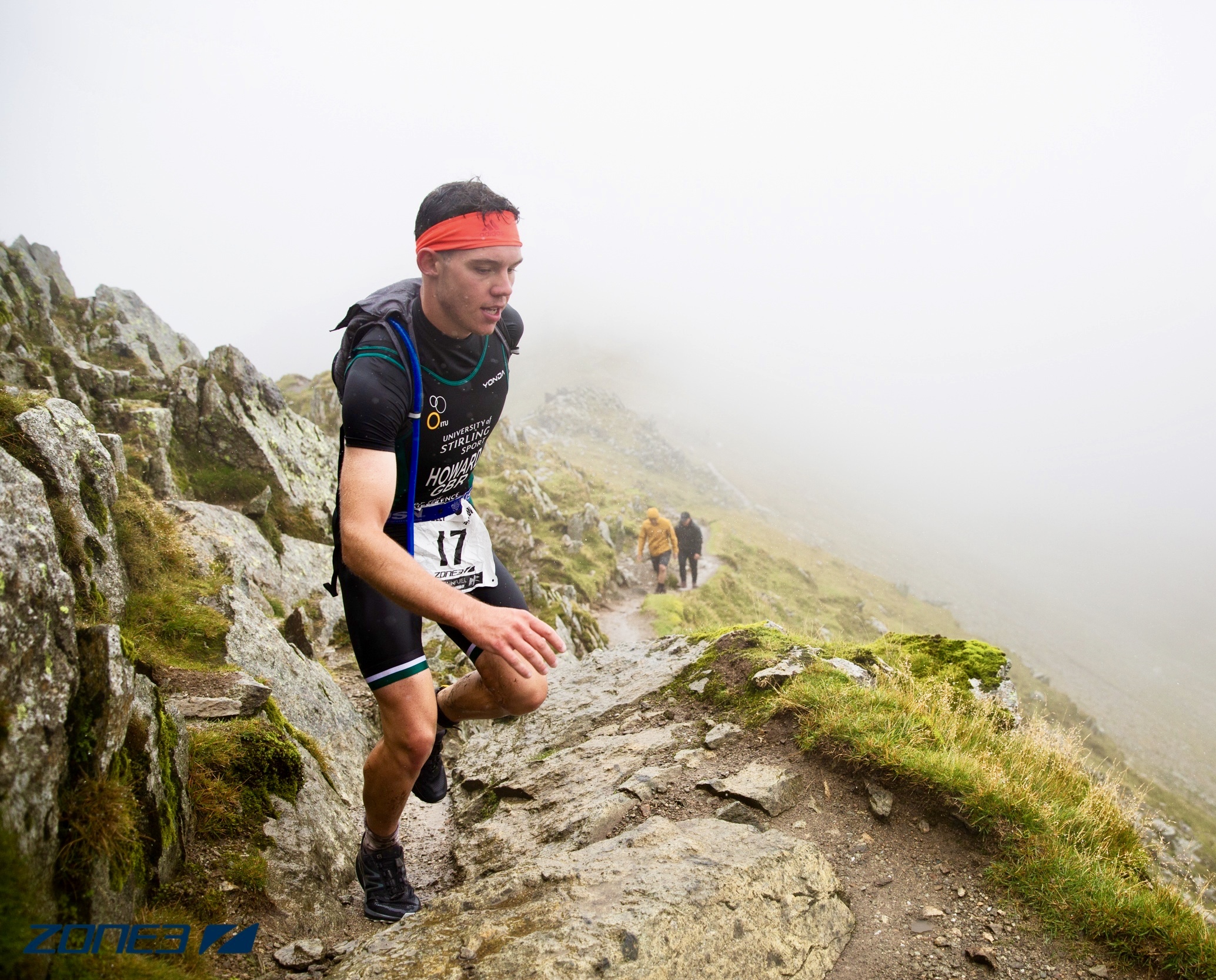Mastering the switch to Open Water Swimming
Pool swimming is an essential element of any triathlete’s training program, but as the race season approaches and with the majority of races taking place entirely outdoors it’s important you can adapt and replicate your technique in open water. We asked Kevin Henderson of Blackzone Coaching to give us his top tips on managing the transition to open water swimming and ensuring you make the most of your winter spent in the pool.
Kevin says:
“It’s important to recognise that open water swimming and pool swimming are two different beasts. Even if you are a seasoned swimmer you should treat open water with respect and always put your safety first. Swimming at an open water venue is the safest option. They often run beginners sessions and have lifeguards on hand if you come into any trouble. If you’re not able to swim at a venue then try to always swim with a partner and use a tow float that is capable of acting as a flotation device.
“Swimming in open water is significantly more tiring than in the pool. You won’t have walls to push off every 25 or 50 metres when it comes to the day of your event. So while you’re training in the pool over the winter try and build in some sessions where you simulate longer distance swims. Depending on the size of the pool you can do this by looping under the lane ropes or do a tumble turn before the end of the lane and start again without kicking off the wall.

“Another element to work on in the pool to help you prepare for the switch to open water is your breathing. From unexpected waves to being dunked by competitors at buoys there will often be situations outdoors that will disrupt your usual breathing pattern. The water and air temperature will also have a major impact. This can be intimidating if you’re not used to it but with a little training you can easily deal with it. Try building a training set where you intentionally disrupt your breathing. You can do this by occasionally missing a breath, practising breathing bilaterally or by building a more structured set where you take less breaths per length as the set progresses. Once you know you are able to swim safely throughout, any disruptions on the course will be much less intimidating.
“If you practise with friends or a part of a club you have access to even more training techniques you can utilise in the pool. Mass start events can be especially daunting if you’re new to the sport or are out of practice. A fun and easy drill to try is swimming three to a lane to simulate the crowding that occurs when you’re battling for position from the start of your event. You can also use your time in the pool to hone your drafting, just practise getting as close as you can to the person in front without touching them.
“One of the most immediate differences people notice when transitioning away from the pool is that they struggle swimming in a straight line. It’s easy to stay on course in the pool when you can use the lane ropes and markings on the bottom of the pool to help you keep your line. When you’re in cloudier water outside and without these aids you will soon find your stroke isn’t keeping you as straight as you thought. The last thing you want to do when it comes to your event is wasting time and energy swimming more than you need to. This is where you’ll need to learn how to sight effectively.

“When practising in open water you will need to find a landmark on the horizon or when it comes to your event a marker on the course such as a buoy to aim towards. Start by swimming normally but each time you turn your head to the side to breathe, look forward to check you’re still on course. Once you’re comfortable with the action of sighting you can dial back how often you have to do it. Initially this may be every few breaths but depending on how well you can keep on course you will be able to increase this. Keep in mind that in your event as you approach the turn buoy you will want to increase the rate at which you sight to make sure you don’t make any mistakes at this crucial stage.
“How easy it is to sight will be impacted by the weather and water conditions. If it’s especially windy and choppy or you’re swimming in the sea you may have to contend with waves. This may disrupt your rhythm and mean you have to sight for longer. You can practice for this by swimming freestyle with your head out of the water (like a water polo player) or try and remain streamlined by keeping your eyes just out of the water (like an alligator!).
“The water conditions can have a considerable effect on your swim performance so if possible you should try and get as much experience of different types as possible. At the very least you should ensure that you’ve spent some time sea swimming if your event is in the sea, likewise if it’s a lake or river swim. Some events even offer sessions in the run up to your race where you can familiarise yourself with the or even swim the same course you will be racing on.”
Whether you’re a seasoned open water swimmer or completely new to the discipline then a bespoke training plan from Blackzone Coaching will help you unlock your full potential. Visit their website and get in touch with Kevin and the team today to find out more.





